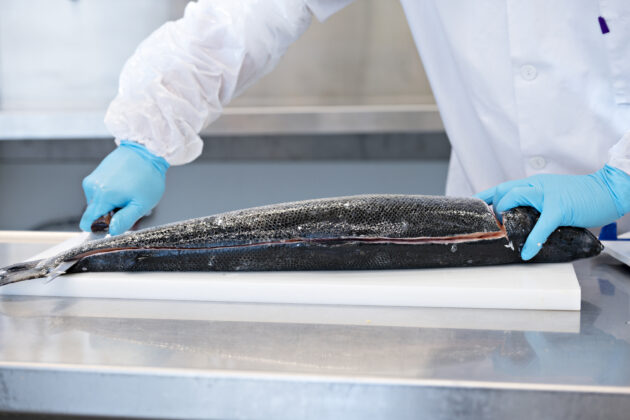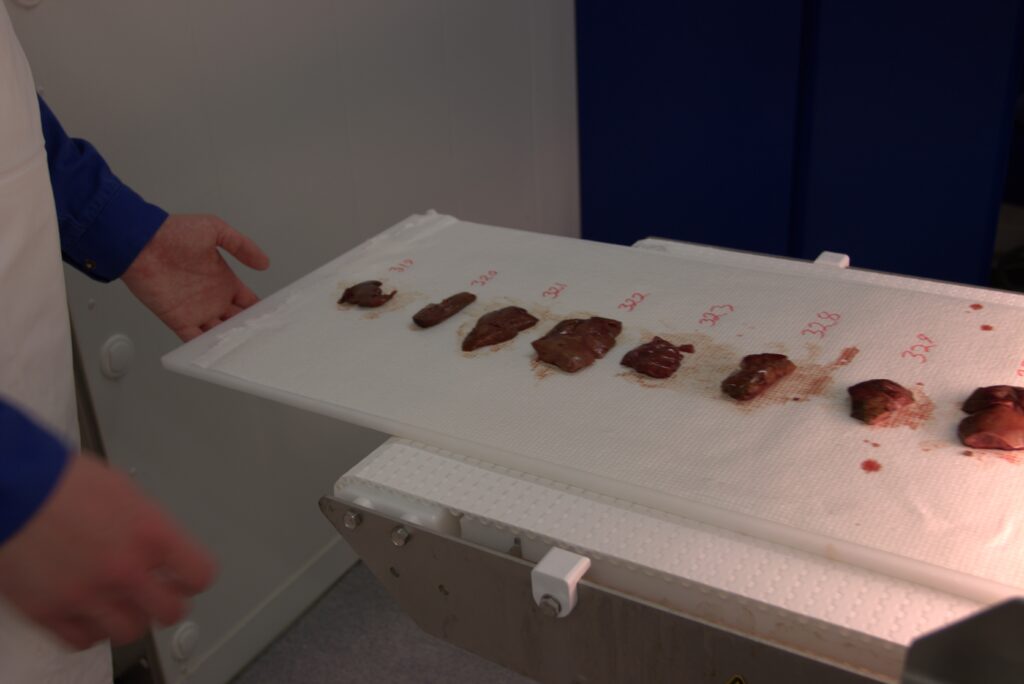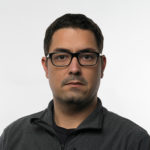Hyperspectral camera can measure liver values in farmed fish

A new method for measuring fat in fish livers could facilitate proper nutrition and better health for farmed fish.
Too much fat in the liver weakens the health and robustness of farmed fish, but there is a lack of effective methods for accurately measuring liver fat.
The new technology uses advanced cameras that can see both visible light and infrared light. Scientists have tested the method on three important farmed species: salmon, cod, and sea bass.

Different fish species store fat differently
Salmon stores fat primarily in muscles and viscera, not in the liver. The total fat content in salmon livers varies from 5 to 12 percent.
Cod is completely different and can store up to 80 percent of the body’s total amount of fat in the liver. Sea bass falls somewhere in between, with liver fat content varying from 18 to 60 percent.
– Today’s method for measuring fat in fish livers must be done in a lab and is costly. We save a lot by being able to use hyperspectral cameras, says Siri Storteig Horn, scientist in Breeding and genetics at Nofima.
The new measurement method is particularly accurate for salmon and sea bass. Scientists can now analyze thousands of liver samples without having to perform time-consuming chemical analyses. This makes it possible to investigate how different feed compositions affect fish health.
Future possibilities
Scientists are now working to further develop the technology. Evan Durland, scientist in Breeding and genetics, explains that the results from this project show that the hyperspectral cameras opens up new opportunities in research.
– For example, we can now measure fat levels in the liver of a higher quantity of fish than before and make individual measurements instead of measuring just a selected number of fish.
The technology equips us even better for gathering knowledge in areas such as feed development and fish farming.
– We can then look at the composition of feed and the level of fat in the liver and ensure that farmed fish get what they need to secure good fish welfare and a good final product, explains Durland.
Interdisciplinary collaboration
– We’ve been working with hyperspectral cameras at Nofima for many years, so this builds on established knowledge. What’s new is using the technology for this purpose, says Samuel Ortega, scientist in Seafood industry.
These findings are a result from the Deep Vision project – a part of Nofima’s work on uncovering welfare markers in fish, shellfish, and cultivated macroalgae.
The knowledge and experience from this project will be carried forward into new projects for further development.


